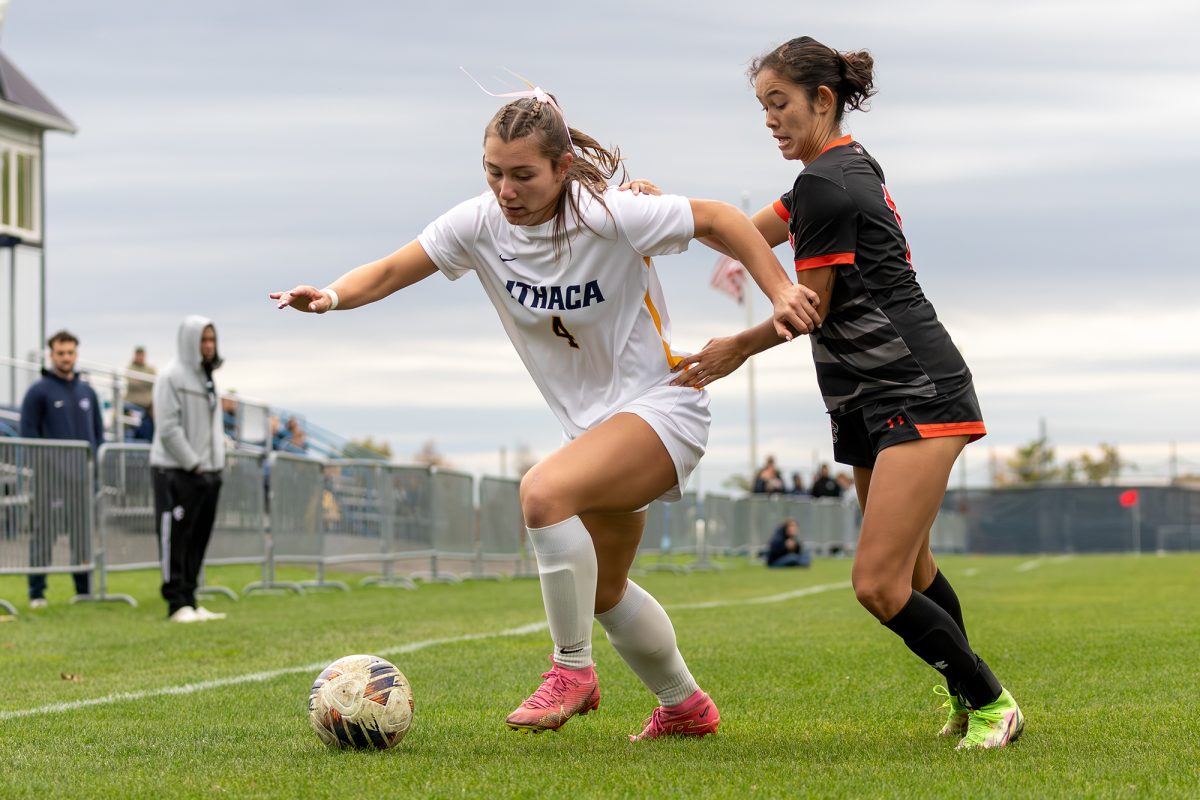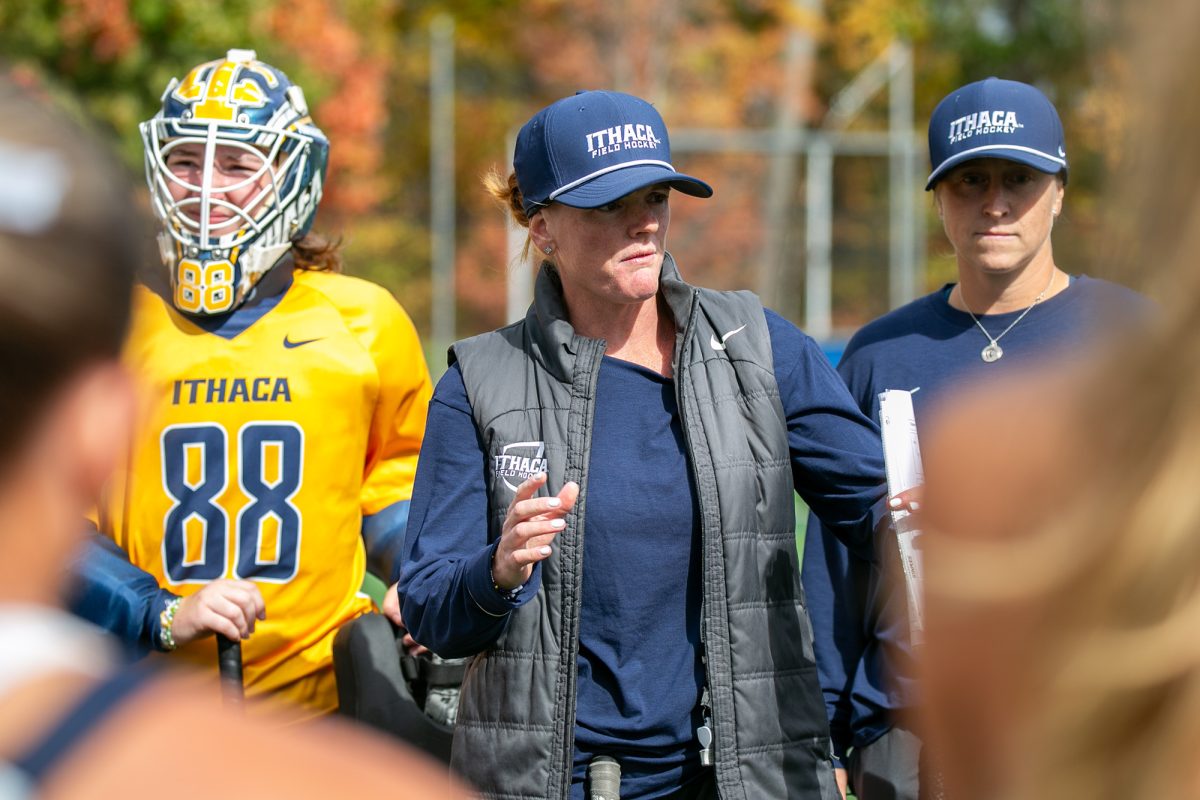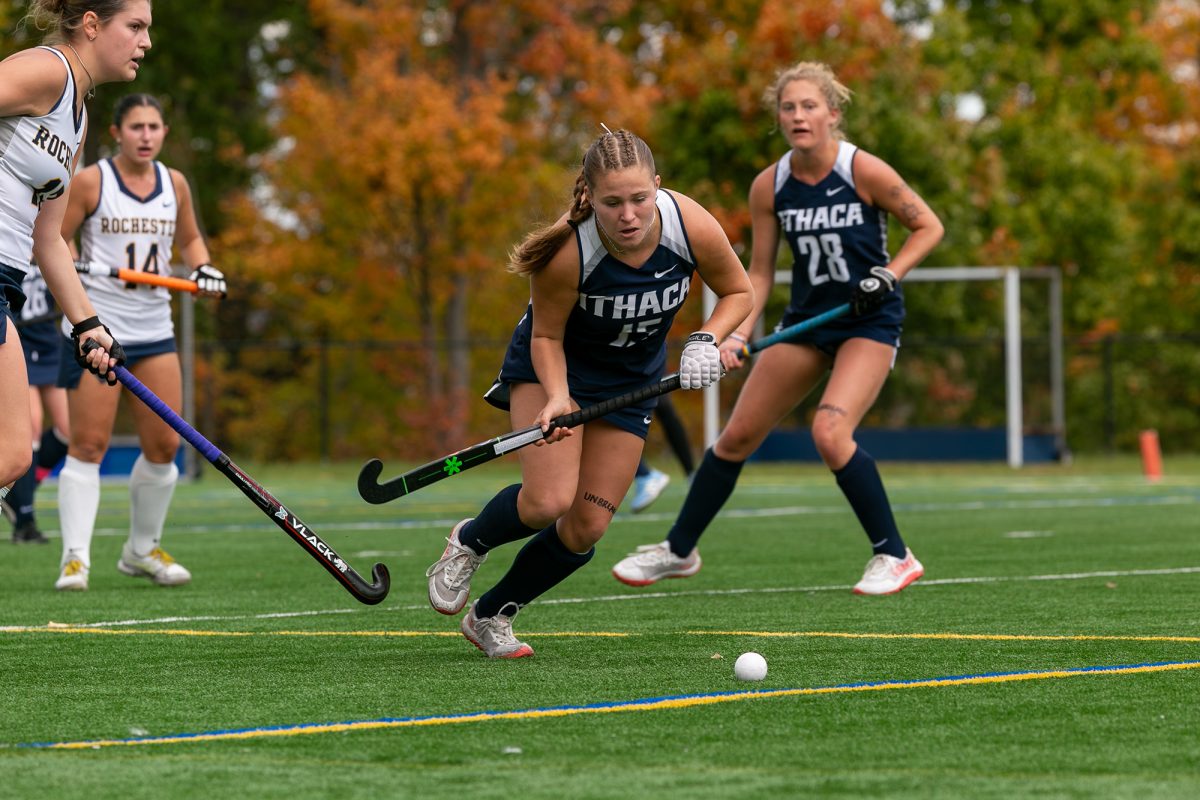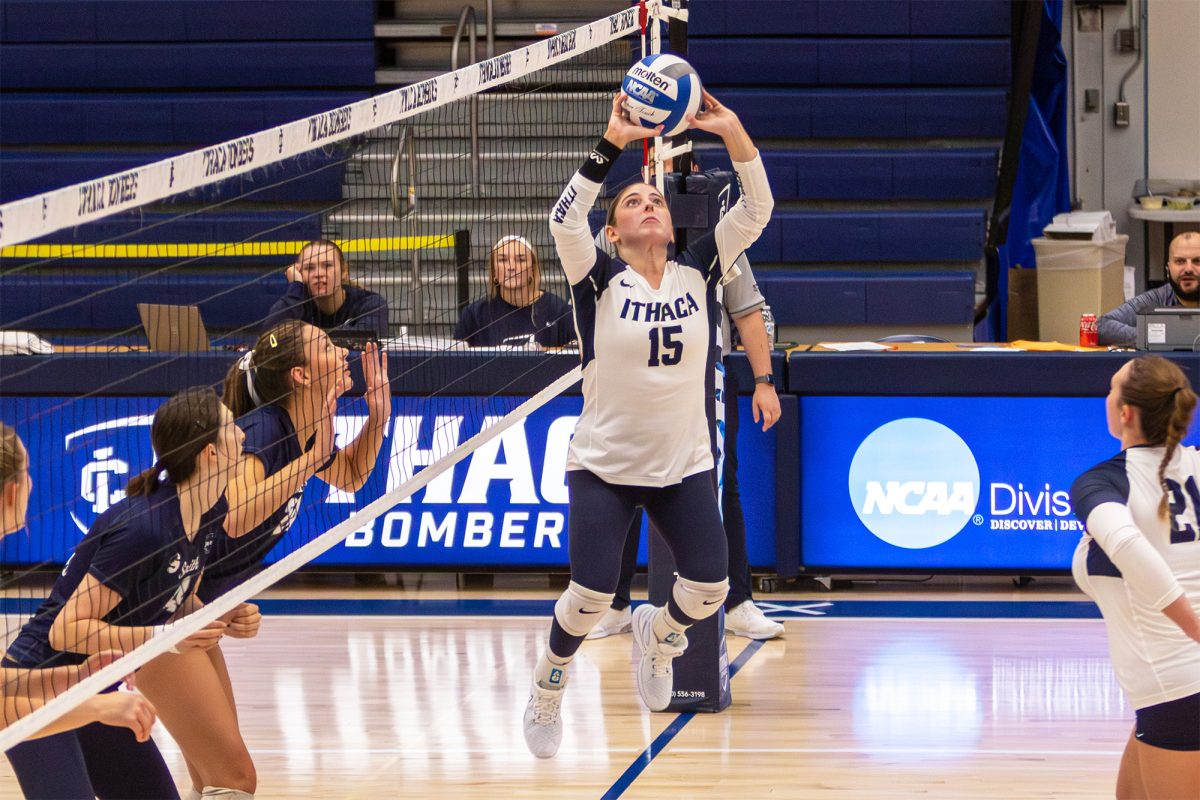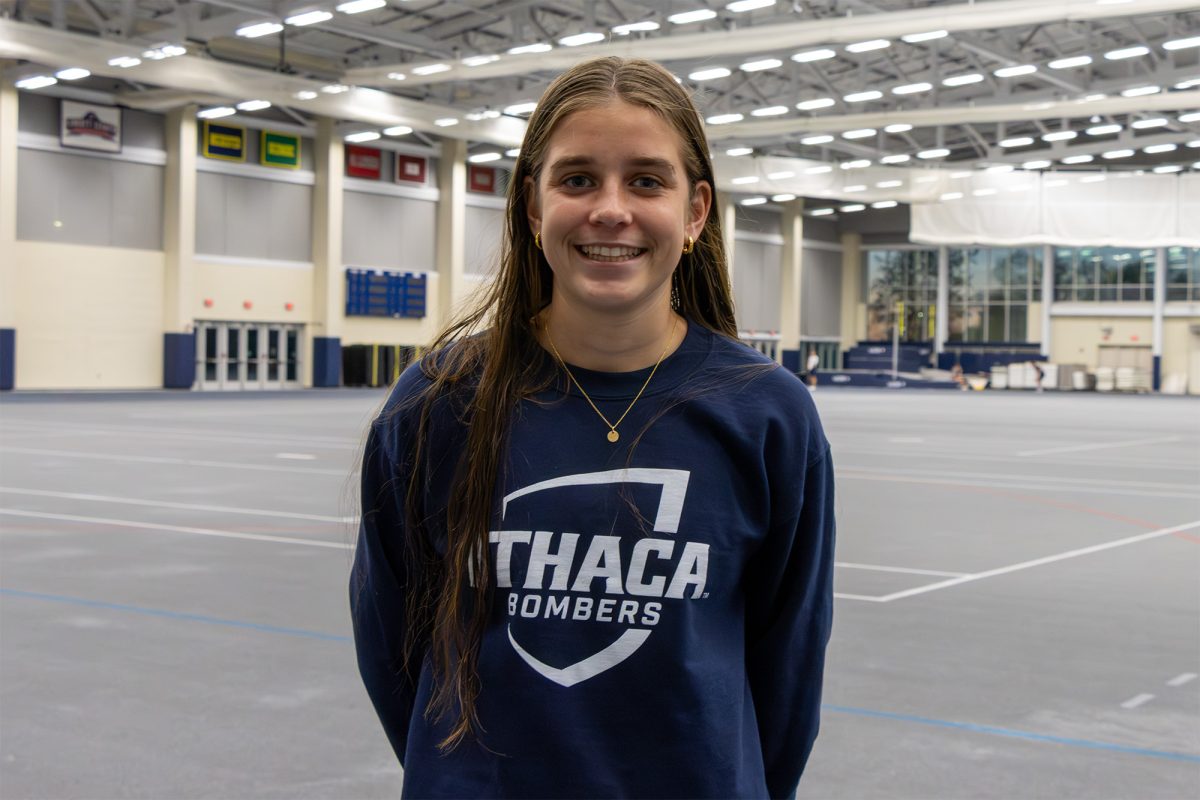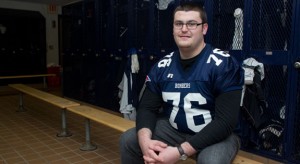
Despite being on the varsity football team’s roster last season, junior Adam Bienstock did not receive any playing time. However, he has found a way to leave his own legacy as a Bomber.
Bienstock was one of 350 participants in the football team’s inaugural Be The Match Bone Marrow Registry Drive held in April 2011. Bienstock had a sample of his saliva taken at the drive along with other contributors, and his stem cells were shipped to the National Marrow Donor Program’s lab to see if he registered as a match for anyone. Six months later, Bienstock got a phone call from a Be the Match representative saying his bone marrow was compatible with a 50-year-old man who had been suffering from cancer.
“I was shocked that I was a match for someone and excited to start the process and be able to help someone out,” Bienstock said.
Bienstock was one of two matches found eligible for a bone marrow donation from the team’s drive, but he made it further along in the screening process than any other match. The preliminary steps to his donation began with a blood test to confirm that he was a match for the patient in need. He spent his fall and Thanksgiving breaks attending appointments at the New York Blood Center. During these visits, he received a series of injections and then underwent the final procedure in January at Columbia Presbyterian Hospital in New York City.
The bone marrow donation required one intravenous tube to be inserted in each arm for the removal of the white blood cells from the veins. Bienstock’s blood was then recirculated throughout his body.
“It was just me wanting to get out of the chair and have it all over with,” he said. “It wasn’t really comfortable sitting there for seven hours without moving my arms.”
The potential impact of Bienstock’s actions quickly overpowered his feelings of soreness, however.
“I had already absorbed what I was doing before the procedure, and during it I understood what I was doing,” he said. “I didn’t need to worry about my own comfort because the guy was going to get what he needed.”
Immediately after the procedure, Bienstock’s marrow was on its way to its new recipient. After a few weeks, Bienstock was notified that the transplant had been a success. The recipient of the bone marrow has not contacted Bienstock, but Bienstock said he would like to meet the person eventually.
The nurses took care of Bienstock throughout the donation process, and he never expressed any doubt or trepidation about his decision to give his bone marrow.
“I was confident that the people taking care of me were professional and knew what they were doing,” Bienstock said. “I knew that it was something I had to do by just having my blood taken.”
Bienstock became the first participant from the team’s bone marrow drive to be a match for a patient. Senior cornerback Mike Conti and Head Coach Mike Welch created the drive in January 2011 as a community service project for the team.
Conti said cancer’s effects on his own family members as well as his teammates’ families motivated him and Welch to hold the event.
“In a team meeting I asked who had been affected by cancer or knew someone affected, and everyone stood up,” Conti said. “So we decided it would be a good idea if we got the campus and Ithaca community involved in this drive.”
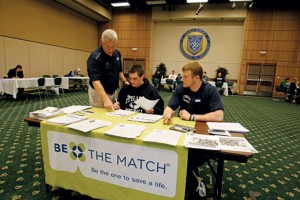
The football team promoted the drive on campus and within Ithaca by tabling, handing out pamphlets and reaching out through social media. Players helped participants fill out necessary paperwork on the day of the drive before nurses swabbed potential donors’ mouths to get samples of stem cells.
Sophomore quarterback Phil Neumann said there was a great turnout at this year’s drive, which was held April 10 in Emerson Suites, because people understood that the drive was more about finding potential donors than actually giving bone marrow.
“It was kind of tough at first because people thought it was like giving blood,” he said.
Junior wide receiver Joe Ingrao hopes Bienstock’s success story will make people aware of the potential impact they can have as bone marrow donors.
“It gives people the thought that they can actually save someone’s life,” Ingrao said. “It’s not just the five-minute process — they are doing something bigger than that.”
Bienstock was honored at the team’s annual postseason banquet in November. He received a standing ovation from all those in attendance that lasted several minutes.
Conti said the round of applause Bienstock received from the audience lasted longer than the ovation the team’s upperclassmen or any other player received.
“Even for us as a senior class, people stood up and gave us an applause, but Adam’s was hands down by far bigger than ours,” Conti said. “People were emotional.”
Conti said Bienstock’s donation will matter more than any play he could have made for the Blue and Gold.
“There is nothing more you could do in this world then give somebody life,” Conti said. “He can do whatever he wants for the rest of his life and still be a hero to everyone in the community and everyone in the community of the man that he saved.”


